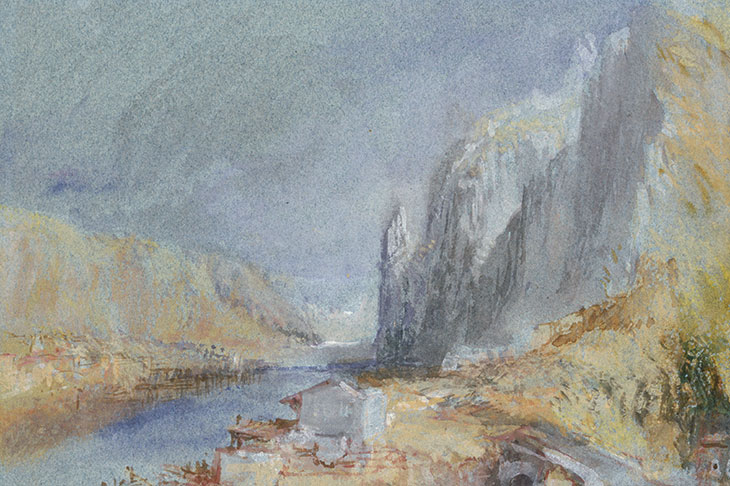Like many artistically inclined children, I was given a set of Daler Rowney watercolours for my birthday one year. My first paints! What delights would I unleash with these cubes of colour? Well, practically none, as it turned out. Unschooled in the art of watercolour and evidently lacking any instinct for the medium, I used them, as undiluted as possible, to colour in my drawings of horses and Dogtanian characters. It was a bit fiddly with the blunt brush provided and, frankly, felt tip worked better.
I went on to art school where, in the late 1990s, everyone would rather have dropped dead than be seen prodding around a tin of watercolours. The closest we got was watching the hapless amateurs in the surprisingly addictive Watercolour Challenge. Only recently have I embraced the medium and now I wonder why it took me so long. These rich little cakes of pigment are so fun and versatile, easy to carry around and fast to work with. Occasionally, they even reward.
My relationship with watercolour has, in its distinctly modest way, followed the arc of the watercolour revolution that seized British art at around the turn of the 19th century. The golden age of British watercolour was of course dominated by Turner and his glorious, elemental way with the paints, all sea and storm, land and air, but he wasn’t alone. His contemporaries, notable among them Constable, Thomas Girtin, John Robert Cozens and John Sell Cotman, were also taking watercolour beyond its accepted role as a tinting agent for colouring in drawings.
Turner, by contrast, used the paint as the central structure, building up images without the graphic groundwork traditionally demanded. He attacked his paper, washing, rubbing, scraping and scratching at the paint.








Comments
Join the debate for just £1 a month
Be part of the conversation with other Spectator readers by getting your first three months for £3.
UNLOCK ACCESS Just £1 a monthAlready a subscriber? Log in